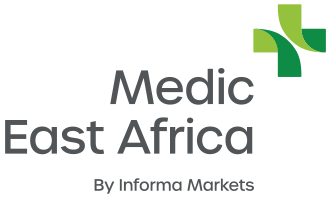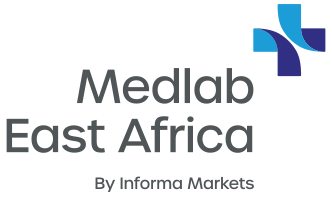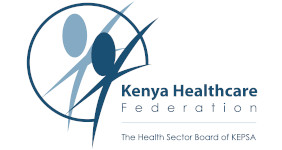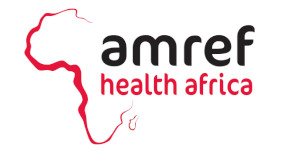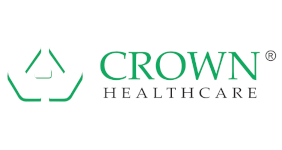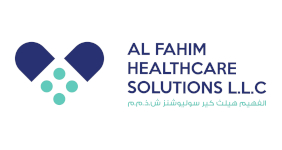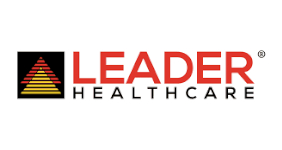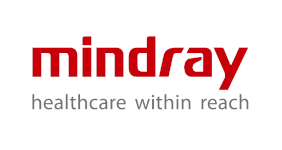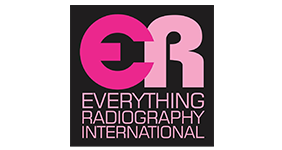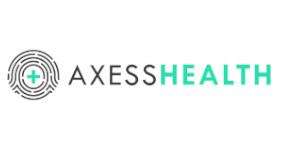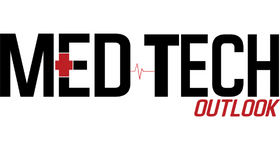Uganda healthcare market insights 2019
Across Uganda, both public and private sub-sector players provide health services to the people of Uganda. According to the Ministry of Health, the government contributes about 66% of the service delivery outlets. These include national and regional hospitals including a tiered system of health centers, which handle a range of services.
Private health providers comprise Private Not-for-profit organisations (PNFPs), private-forprofithealth care providers (PFPs) also known as commercial health care providers, and traditional and complementary medicine practitioners (TCMPs). Nearly 70% of the facility-based PNFP organisations exist under umbrella organisations; the Uganda Catholic Medical Bureau (UCMB) and the Uganda Protestant Medical Bureau (UPMB). The Uganda Orthodox Medical Bureau (UOMB) and the Uganda Muslim Medical Bureau (UMMB) represent more than 5% of the health providers.
Healthcare expenditure
Like any other country in the world, Uganda is under enormous financial pressure to increase resources for healthcare, according to the African Health Observatory. The cost of healthcare service provision has gone up inter alia because of the expansion of services, increasing demand due to population growth, the adoption of new medical technologies, and changes in patients’ choices and expectations.
Meanwhile, research by Devinit.org suggests that the government’s target of attaining universal health coverage has been supported with increasing resource allocations to the health sector.The increments are majorly on account of the rising wage bill and the on-going development-partner supported projects in the sector.
Government resource allocation for health as a percentage of the total government budget has averaged at about 8% from 2010/11 to2015/16, which is 1.8% short of the Health SectorDevelopment Plan target of 9.8%. However,Uganda’s per capita health expenditure at anaverage of US$56 is low compared with neighbours like Kenya (US$77) and Sudan (US$129). It is also far below the five-year Health Sector Development Plan-recommended minimum of US$73 per capitain 2015/16.
The health sector was allocated UGX 1,824 billionfor 2017/18, which is 0.2% less than the 2016/17allocation. Analysis of long-term financing projections by Devinit.org also shows that healthsector budget allocation is on a downward trend from the current year into 2021/22.
